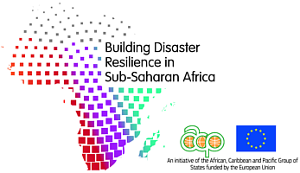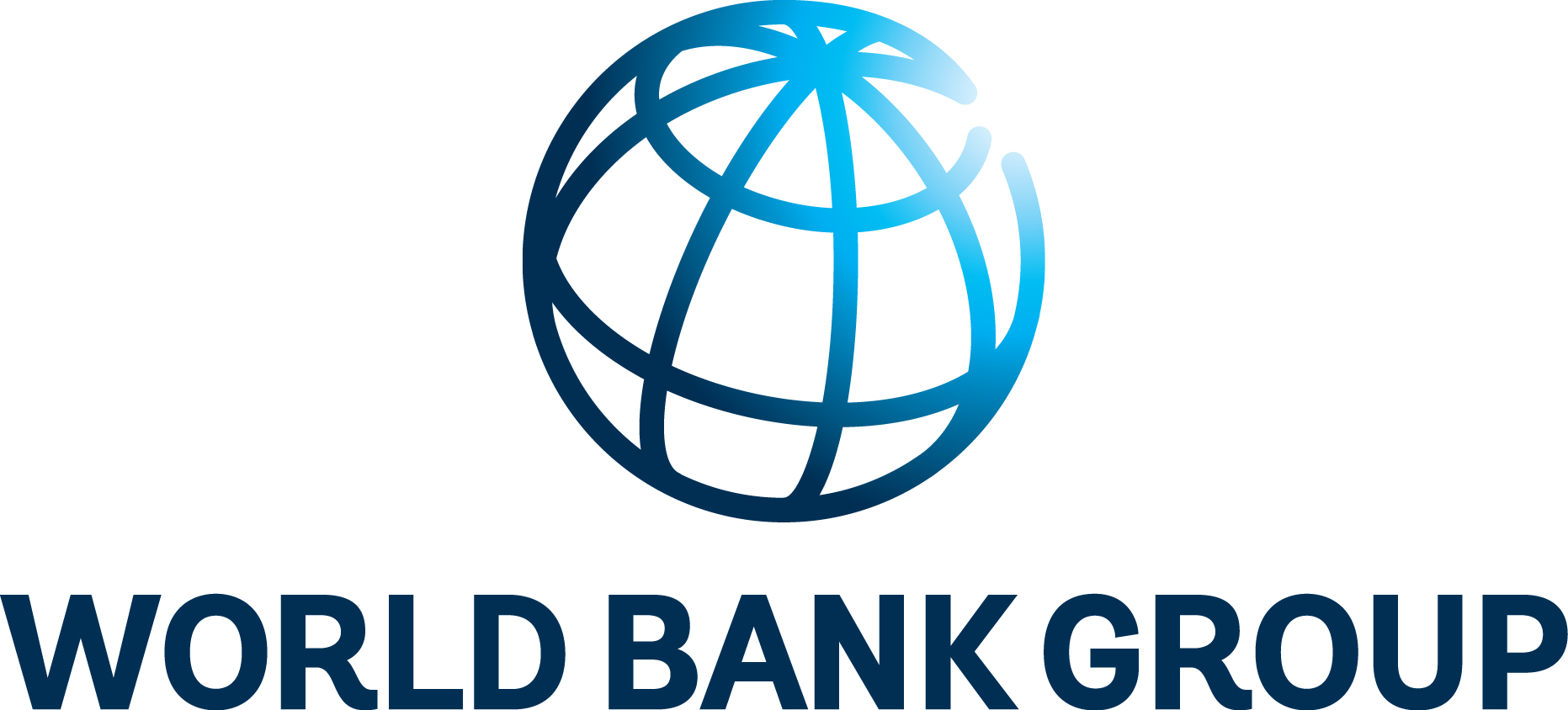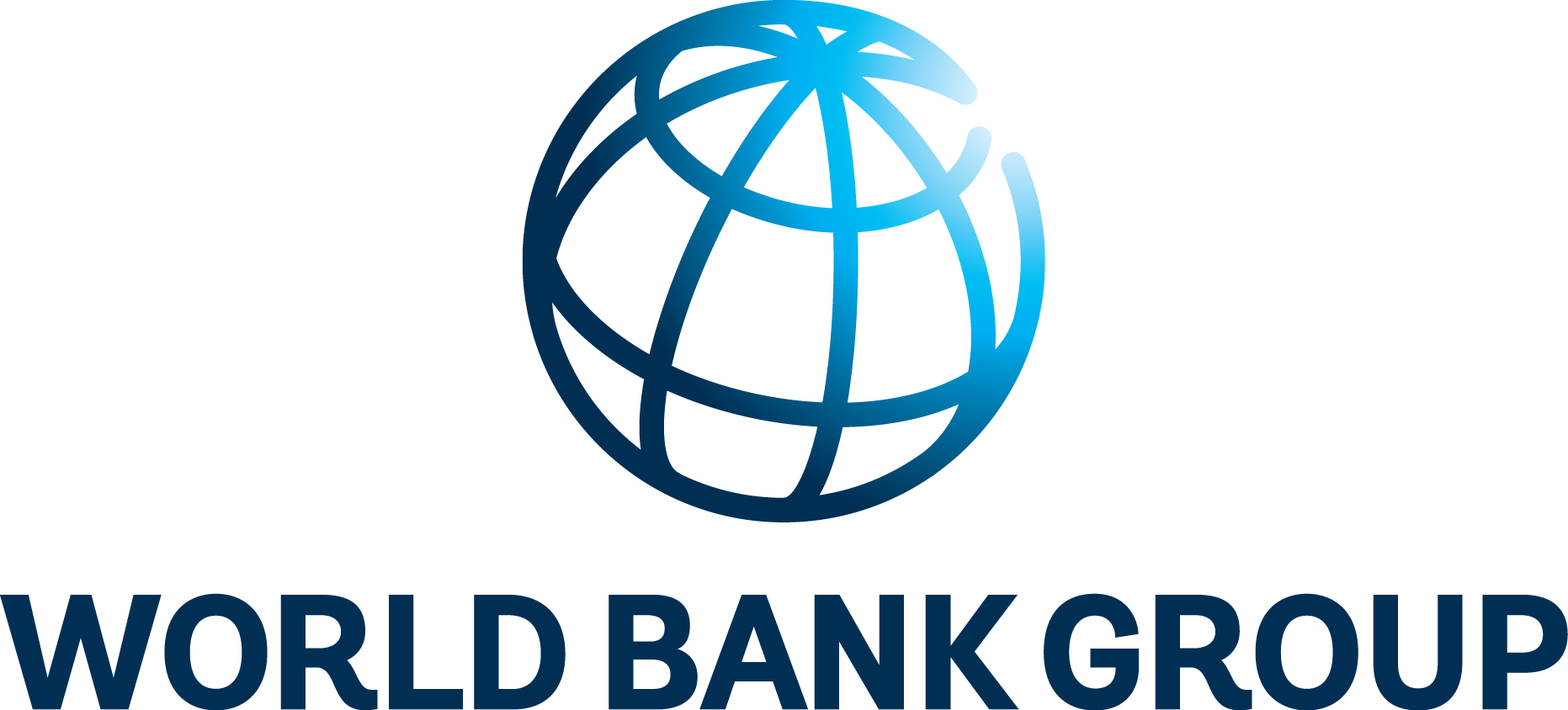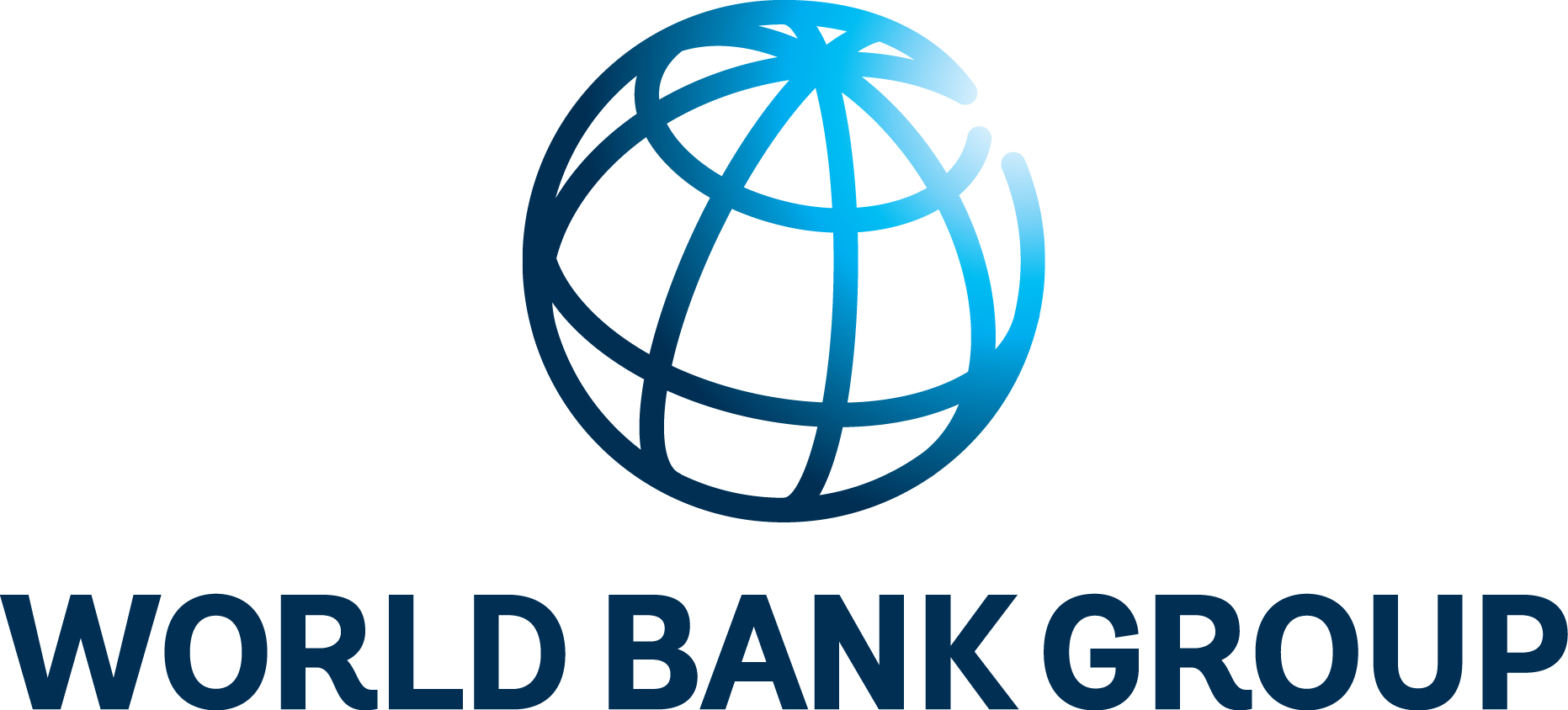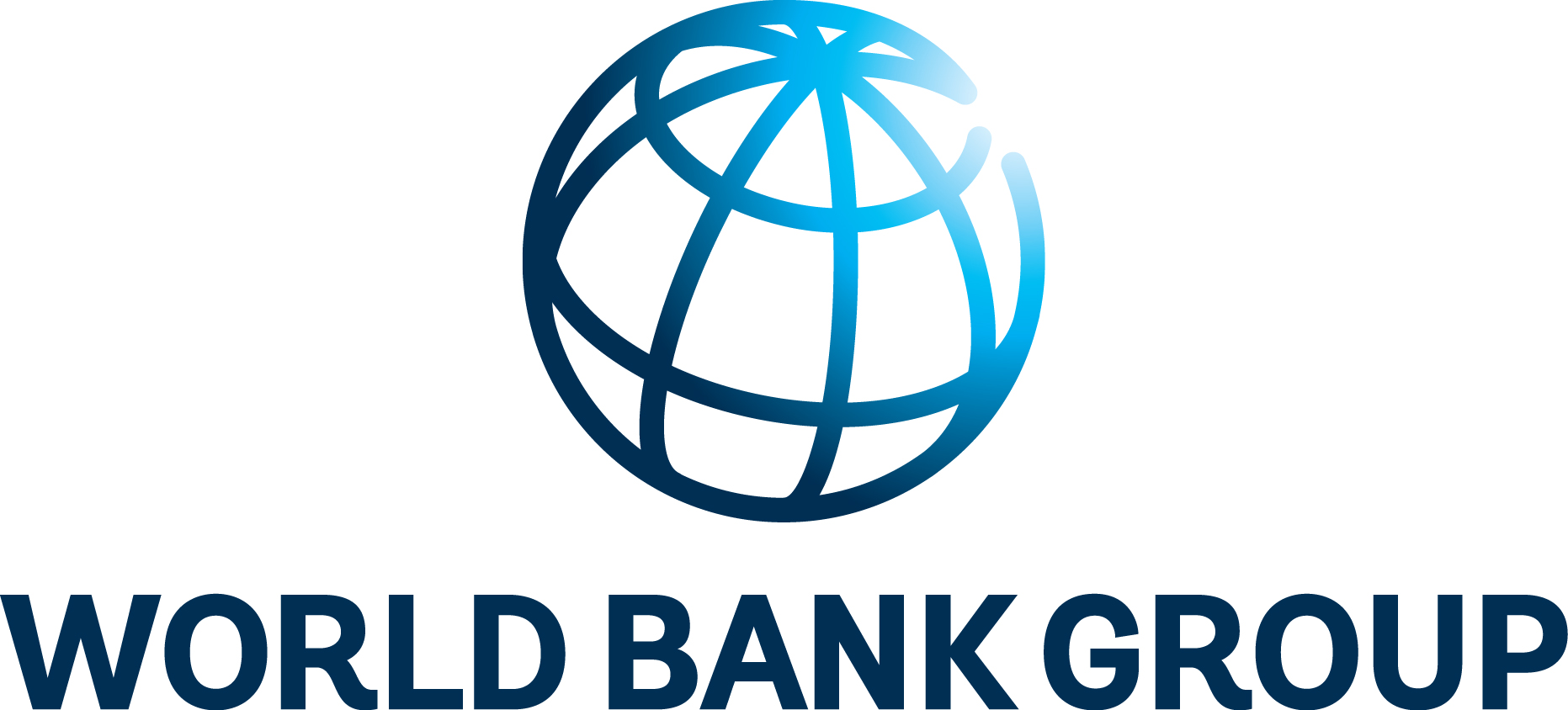Result areas
Implementing partners in the ACP-EU 'Building Disaster Resilience to Natural Hazards in Sub-Saharan African Regions, Countries and Communities Programme' are carrying out projects and activities to achieve goals set out in their specific result areas.
These projects and activities focus on: enhanced regional coordination and DRR monitoring; enhanced capacity of regional economic communities for coordination and planning; improved capacity of regional climate centers for weather and climate services and real-time early warning systems; improved risk knowledge for future risk modeling; and enhanced financial strategies for informed decision making.
Result 1
Extended Programme of Action for the Implementation of the Africa Regional Strategy for Disaster Risk Reduction (PoA 2006-2015) operational, through the improved AUC's coordination and monitoring capacity.
Activities under this result seek to:
- Improve the coordination and monitoring mechanisms of the AUC to implement the PoA;
- Establish reporting mechanisms of the Programme and monitoring of the PoA;
- Develop and implement advocacy and communication tools;
- Ensure political commitment and representation of African leaders on DRR fora;
- Provide education and training on DRM/DRR, making knowledge more accessible through networks and coalitions, tools and capacity development.
Activities:
|
International Day for Disaster Reduction (IDDR) The International Day for Disaster Reduction is a day to celebrate how people and communities are reducing their risk to disasters and raising awareness about the importance of DRR. It's also a day to encourage every citizen and government to take part in building more disaster resilient communities and nations. The day is celebrated on 13 October each year. During IDDR 2014, the focus was on older people, including their needs and what they contribute to better planning and understanding of disaster risk in their communities. IDDR 2014 sought to to switch on and amplify this critical issue then and for the post-2015 framework for disaster risk reduction. The theme for the year was "Resilience is for life." During IDDR 2015, the goal was to raise awareness on the use of traditional, indigenous and local knowledge and practices, to complement scientific knowledge in disaster risk management; and to highlight approaches for engaging local communities and indigenous peoples in implementation of the Sendai Framework for Disaster Risk Reduction. The theme for the year was "Knowledge for Life" In 2016 the new "Sendai Seven" campaign was launched to promote each of the seven targets of the Sendai Framework for Disaster Risk Reduction. IDDR 2016 sought to create a wave of awareness about actions taken to reduce mortality around the world. The theme for the year was "Live to Tell" Africa Working Group (AWG) Before 2015, The Africa Working Group (AWG) on Disaster Risk Reduction (DRR) met bi-annually to take stock of the progress made regionally on the implementation of the Hyogo Framework for Action (HFA) and the Africa Regional Strategy for DRR and its Extended Programme of Action: 2006-2015. Since the adoption of the Sendai Framework for Disaster Risk Reduction 2015-2030, the AWG is working towards the implementation of the framework. The Africa Working Group on Disaster Risk Reduction (AWG) provides technical support to the African Union Commission, Regional Economic Communities, Member States and partners for coordination and implementation of the Africa Regional Strategy for Disaster Risk Reduction and its Programme of Action. The AWG meets biannually wherein the Core Group and Extended Group meet alternatively. Nine such sessions of the AWG have been convened so far. The fifth Africa Working Group (AWG5 - extended) held in Abuja, Nigeria in May 2014 saw the Africa Position on HFA-2 adopted through a Ministerial Declaration. The sixth Africa Working Group (AWG6 - core) held in Arusha in October 2014 saw Africa became the first region to officially adopt its contribution to the Post-2015 DRR Framework. The meeting provided members with the opportunity to provide input towards the 1st Preparatory Committee Meeting (PrepCom) for the Post-2015 DRR Framework where African member states were ably represented, and plan for continued African participation in the 2nd PrepCom and the World Conference on Disaster Risk Reduction in Sendai, Japan in 2015. The meeting also focused on the Extended Programme of Action for the implementation of the Africa Regional Strategy for Disaster Risk Reduction (2006-2015) and its successor arrangements. The seventh Africa Working Group (AWG7 - extended) meeting took place in July 2015 in Yaoundé, Cameroon, following the adoption of the Sendai Framework. The overall objective was to agree on concrete follow-up actions and political commitments to ensure effective implementation of the Sendai Framework in the continent. In an effort to deliver on the Decision of the Executive Council of the AU in January 2015, the extended AWG7 meeting focused on the review of the programme of action and regional and national DRR programmes and their alignment with the Sendai Framework. The high-level meeting considered the outcome of the extended AWG7 technical meeting and adopted recommendations on concrete commitments to facilitate and support full implementation of the Sendai Framework across Africa. The political roadmap to facilitate this process was adopted through the Yaoundé Declaration, adopted by African Ministers at the 4th High Level Meeting on Disaster Risk Reduction, also organised in Yaoundé, Cameroon in July 2015. In February 2016 the eighth Africa Working Group (AWG 8 - core) was held in Addis Ababa, Ethiopia. The meeting focused on the implementation of the Yaoundé Declaration, particularly the adopted two key action points:
The ninth Africa Working Group (AWG9 - extended) was held in Livingstone, Zambia in October 2016. The objectives of the meeting were to:
Africa Regional Platform (AfRP) & High Level Meetings Regional Platforms for Disaster Risk Reduction are multi-stakeholder forums that were developed incrementally after the Kobe Conference 2005. While they have varying characteristics, they all share the same traits as dynamic forums for policy-makers, partners, experts and practitioners to announce initiatives, launch products, share information, promote campaigns, monitor progress and provide evidence about disaster risk reduction. The Sendai Framework recognizes the Global and Regional Platforms for Disaster Risk Reduction as key mediums for its implementation, building on the pivotal role that they have played in supporting the implementation of the Hyogo Framework for Action. The Africa Regional Platform is a biennial forum that brings together African Member States, intergovernmental organizations and development partners to review progress in the implementation of the continental and global disaster risk reduction frameworks. The Platform also enables the sharing of good practices and lessons learnt with a view to enhancing coordination, increasing awareness, and mobilizing commitments to disaster risk reduction across Africa. Six sessions of the Africa Regional Platform have been convened so far. The High Level Meeting of African Ministers responsible for disaster risk reduction is responsible for agreeing and adopting the outcomes of the regional platform and Africa Working Group through a Declaration, which is later submitted to the African Union Summit for endorsement. Five sessions of the High Level Meeting have been convened so far. Peer Reviews Peer reviewing is an important tool to help take stock of countries’ efforts to reduce disaster risk and to share lessons among them in order to help national and international policy-making in disaster risk management. The Sendai Framework for Disaster Risk Reduction identifies strengthening disaster risk governance to manage disaster risk as a key priority for action. Malawi has undergone a peer review of its policies and actions during a ten-day assessment, by three specialists each from Mozambique, South Africa and Zimbabwe. Africa’s first-ever peer review report on disaster risk reduction is currently under development. Stakeholder Mobilization There has been increased participation of different stakeholder groups in disaster risk reduction initiatives and activities. Parliamentarians have come together in support of disaster risk reduction, at the national level (Kenya and Uganda) and regional level (East and Central Africa). 65% of Africa’s population constitutes of youth. Failure to tap into their energy and meaningfully engage with them will render the conversation and action around disaster risk reduction incomplete. A network of youth delegates has been formed to promote disaster risk reduction – the Programme of Action for the Implementation of Sendai Framework, highlights youth participation and leadership as important roles. In January 2015, the Africa Resilient Youth group was formed and signed a declaration to highlight their commitment to create awareness and reduce disaster risks at the local, national and regional levels through: social media campaigns encouraging their various local governments to sign up and participate in the UNDRR-led Making Cities Resilient Campaign; and collaboration to strengthen the Africa disaster risk reduction Youth Champions Network. The media have networked to form the Disaster Risk Reduction Network of Africa Journalists (DIRAJ) an organization that seeks to:
DIRAJ members have continuously told the DRR story through coverage of events and publishing of news stories. They have also conducted media trainings in partnership with UNDRR to better equip media in their coverage of disasters, and help move coverage from informing and raising awareness during disasters to advocating for a culture of disaster risk reduction as a civic duty, government responsibility, national, regional and local obligation and a good story. All the stakeholder groups conducted consultations and developed respective positions to support implementation of the Sendai Framework at the 6th Africa Regional Platform. |
From IDDR
From AWG
From AfRP
From Peer Reviews
From Youth
From Media |
Back to top |
|
Result 2
African Regional Economic Communities (RECs) have DRR coordination, planning and policy advisory capacities operational to support their respective member states and regional and sub-regional programmes.
Activities under this result seek to:
- Strengthen RECs coordination, planning and policy advisory capacity for DRM as well as to provide advice and technical assistance to member states in developing national DRR programmes;
- Enhance regional knowledge on DRM frameworks for strategy development;
- Improve cooperation and networking between global, regional, and national research institutions;
- Improve regional capacity for post disaster needs assessments and recovery planning.
Activities:
|
Regional Economic Communities play a pivotal role for regional integration in Africa and have spearheaded many initiatives to further integrate sub-regional policies and capacity building initiatives for risk reduction, response and recovery planning.
As of June 2016, a total of 187 persons have received training and been invited to a conference , within which 27 were women and 33 were CSOs representatives. |
|
Result 3
Core capacities of the specialised national and Regional Climate Centres (RCCs) are improved, to meet the needs of DRM agencies and socio-economic sectors for effective use of weather and climate services and community-focused and real-time early warning systems (EWS).
Activities under this result seek to:
- Build capacity of National Meteorological and Hydrologicai Services (NMHS);
- Strengthen the communication between NMHS and DRM authorities to ensure delivery of appropriate, relevant and timely "early warning" information at national level;
- Provide DRR Hydromet infrastructure;
- Provide thematic and institutional support.
Activities:
Capacity building
Disseminate contributions of regional stakeholders in support of national early warning systems using a multi-hazard approach
Build a knowledge base on disaster risk management
|
|
Back to top |
|
Result 4
African countries have improved knowledge of risks through, the compilation of historical disaster related data to inform the assessment and modelling of future risks.
Activities under this result seek to:
- Build capacity of countries to account for and analyse disaster losses;
- Develop capacity of countries to understand and utilize analytical risk assessments and to estimate the full spectrum of risk the country faces;
- Develop capacity of countries to incorporate CCA and DRR into public investment and development planning systems;
- Make the Programme's experience available to the global community through the Global Assessment Report (GAR) or other relevant publications.
Activities
|
Enhancing risk information through the implementation of national disaster loss databases. Having a disaster loss accounting system helps countries and communities to build resilience based on reliable, nationally-sustained information that helps to take future risk-informed decisions for preventing and reducing disaster risk. Targets 1 - 4 of the Sendai Framework for Disaster Risk Reduction specifically point to the reduction of human, physical and economic disaster damages and losses as a crucial requirement for the achievement the Framework,. Activities aimed at strengthening capacities for national and regional loss accounting are ongoing across the continent. These activities consist of:
Over 400 national staff have been trained in disaster loss accounting through 3 sub-regional and 6 national workshops. As a result a total of 19 African countries have developed national disaster loss databases. Countries are being supported to conduct an analytical assessment of catastrophic risk to construct ‘hybrid loss exceedance curves’ that estimate the cost of the full spectrum of risk the country faces. This crucial piece of analytical information will help countries design an optimal portfolio of risk-sensitive investments. Efforts have also been made to support integration of disaster and climate risk information. With support from the Programme, regional weather forecasts in the Greater Horn of Africa are supported and integrated with disaster risk information for effective early warning and resilience programming.
|
From development of national and regional disaster loss databases |
|
Development of disaster risk profiles and the use of risk information UNDRR-Africa has partnerships with technical-scientific partners engaged in DRR. From 2018-19 it worked with the CIMA Research Foundation and national disaster risk management authorities in 16 Sub-Saharan African countries to develop country-level disaster risk profiles. The risk profiles provide a comprehensive view of hazard, risk and uncertainties for floods and droughts in a changing climate and for a socio-economic situation, projected over the next 50 years. The risk profiles include an estimation, under current and future climate, of the monetary losses for different sectors identified by the Sendai targets, namely: housing, health and education, agriculture, productive asset, critical infrastructure, housing, services and transports. Metrics employed in the risk profiles include the Average Annual Loss (AAL) and Probable Maximal Loss (PML). In 2019, additional metrics were included for drought risk, reflecting a need to increase quantitative assessment for food security. Results of the risk profiles, in the form of detailed graphic reports and data layers (estimated losses, exposure), are available on a Geonode portal in a format readily available to view and to plug into other analyses of risk. UNDRR’s risk profiling approach includes national workshops to critically examine the risk profiling methodology and sessions focus on the use of risk information across the different sectors of DRR. UNDRR’s approach to the development and used of risk information aims to empower the national coordination mechanisms for DRR such as the national platforms for DRR and to inform stakeholders involved in the development and implementation of strategic DRR documents and policies. [1] Angola, Botswana, Cameroon, Côte d’Ivoire, Equatorial Guinea, Eswatini (The Kingdom of), Ethiopia, Gabon, Gambia (The), Ghana, Guinea-Bissau, Kenya, Malawi, Namibia, São Tomé and Príncipe, Tanzania (United Republic of) and Zambia |
|
Back to top |
|
Result 5
Multi-risk financing strategies are developed at regional, national and local levels to help African countries make informed decisions; improve financial response capacity post-disaster; and mitigate the socio-economic, fiscal and financial impacts of disasters.
This result, also called Africa Disaster Risk Financing (ADRF) Initiative, expects to catalyze the uptake of innovative risk identification, assessment and financing tools within the development policy frameworks and agenda of several middle-income and low-income African countries.
Activities under this result seek to:
- Strengthen capacities to generate, access and use information on disaster risk for high resolution risk assessments oriented toward the development of disaster risk management strategies such as financial protection and risk reduction investment programs;
- Strengthen capacities to incorporate disaster and climate risk information in decision-making;
- Develop strategies to increase financial resilience against natural hazards; and
- Facilitate knowledge sharing and best practices on risk financing solutions relevant for African countries.
Activities:
|
The first component of the ADRF Initiative focuses on creating an enabling data environment for risk financing. Activities aim to build the understanding and awareness of disaster and climate risks in Sub-Saharan Africa, providing a fundamental input to developing disaster risk financing strategies, approaches, and tools for financing risks. Simplified multiple-hazard risk assessments and country risk profiles have been completed for five countries (Ethiopia, Kenya, Niger, Senegal and Uganda) and multi-hazard risk assessments are being developed for four additional countries (Cabo Verde, Mozambique, Malawi and Mali). Additional feedback and further inputs are currently being gathered to finalize these risk profiles. Other activities under this component include the publication of a flood risk modelling report for Northern and Central Malawi, Cyclone and flood risk analyses for Mozambique and Cabo Verde, as well as two poverty studies and infographics on the impact of disasters on poverty in Malawi and Uganda (please see resources section of the website). The second component of the ADRF Initiative supports countries in developing multi-risk financing policies, instruments and strategies to enhance their post-disaster response capacity. To reach this, the ADRF Initiative has taken a phased approach by first identifying needs and priorities and now focuses on accelerating technical assistance to build a strong and coherent commitment to this agenda together with governments and other relevant stakeholders. The ADRF Initiative technical assistance is driven by demand from governments and is currently being undertaken in 13 Sub-Saharan African countries (Cabo Verde, Ethiopia, Kenya, Lesotho, Madagascar, Mali, Mauritania, Mozambique, Niger, Senegal, South Africa, Swaziland, and Uganda). The ADRF Initiative also supports the inclusion of financial risk management components in shock-responsive social protection systems, which has so far been undertaken in nine countries (Ethiopia, Kenya, Lesotho, Malawi, Mali, Mauritania, Niger, Uganda and Swaziland). The third component of the ADRF Initiative supports knowledge-sharing and best practices on risk assessment and risk financing solutions. In November 2015, the Understanding Risk and Finance Conference was held in Addis Ababa, Ethiopia in partnership with the AUC, the EU and the Government of Ethiopia. Since then, the ADRF Initiative facilitated a number of knowledge-sharing activities in collaboration with partners working on other result areas. This includes the implementation of the Open Data for Resilience Initiative (OpenDRI) in Malawi, Niger and Indian Ocean Island States. In the framework of the South-West Indian Ocean Risk Assessment and Financing Initiative (SWIO RAFI), the ADRF Initiative co-financed the publication of five disaster risk profiles for Comoros, Madagascar, Mauritius, Seychelles and Zanzibar (please see resources section of the website). Furthermore, the ADRF Initiative has supported hazard-specific information systems in the Sahel region to inform risk assessments, early warning systems for health and natural hazards, adaptive social protection programs, and disaster risk financing. |
From the UR&F Conference |
Back to top |
|
